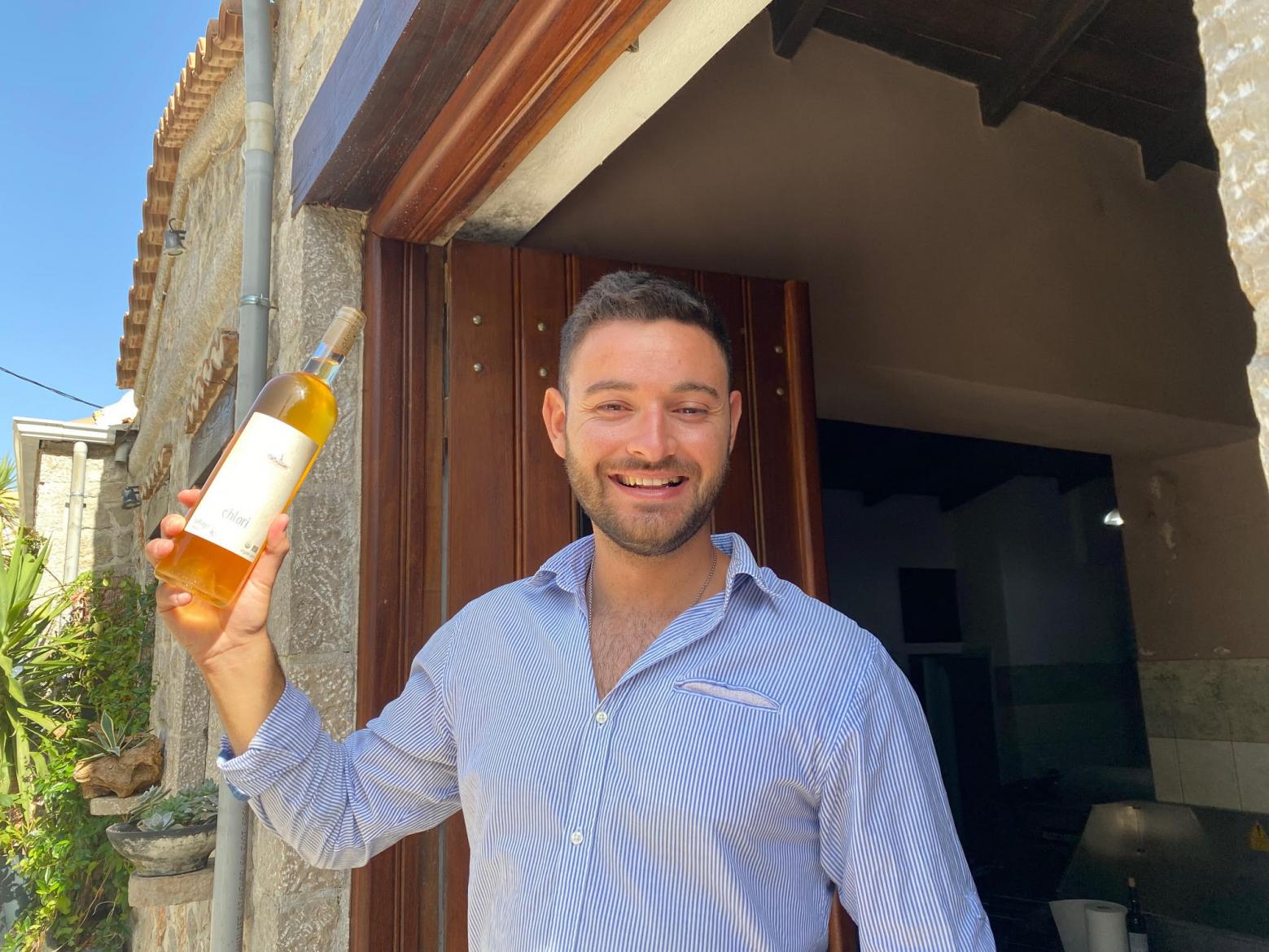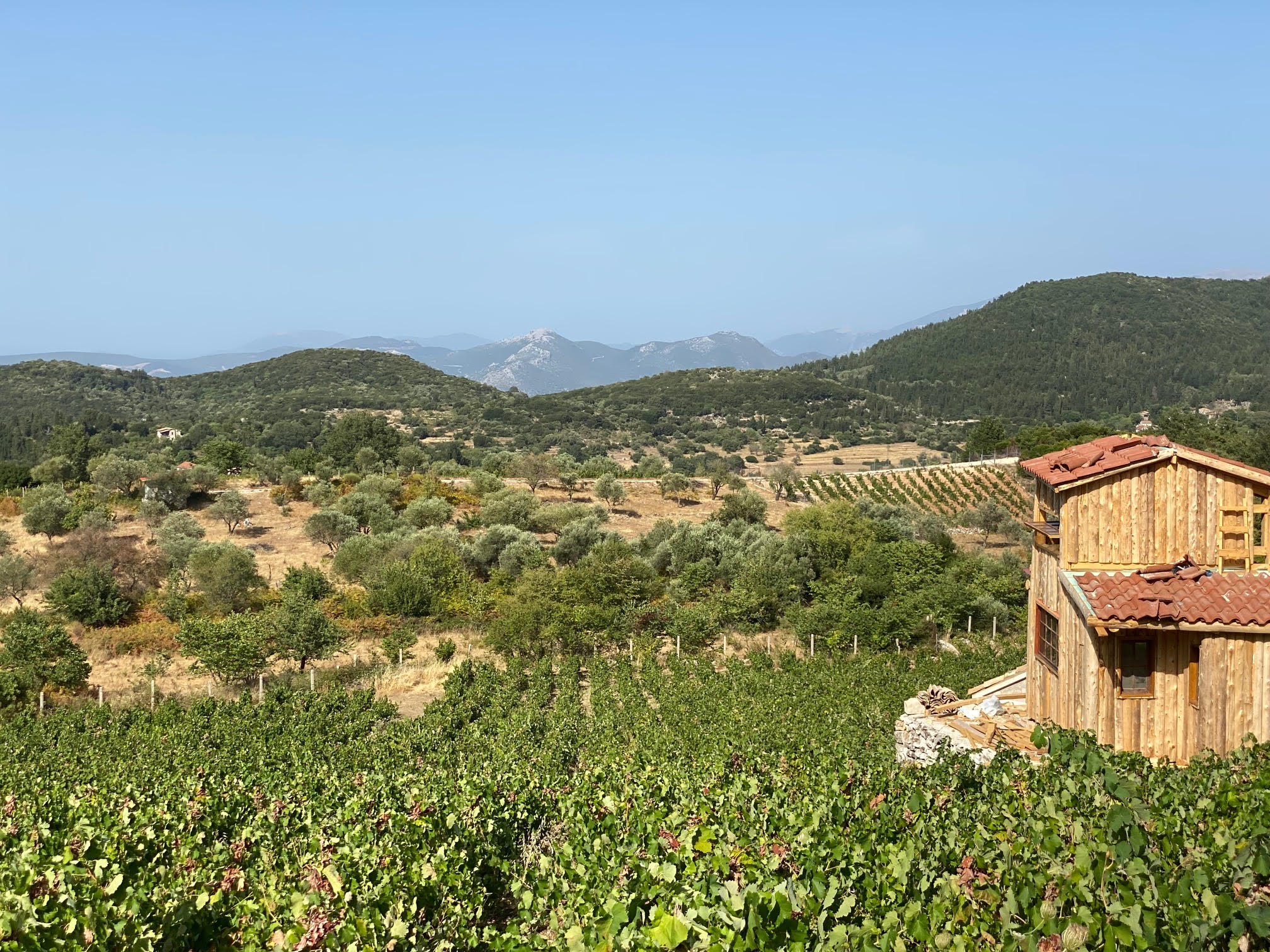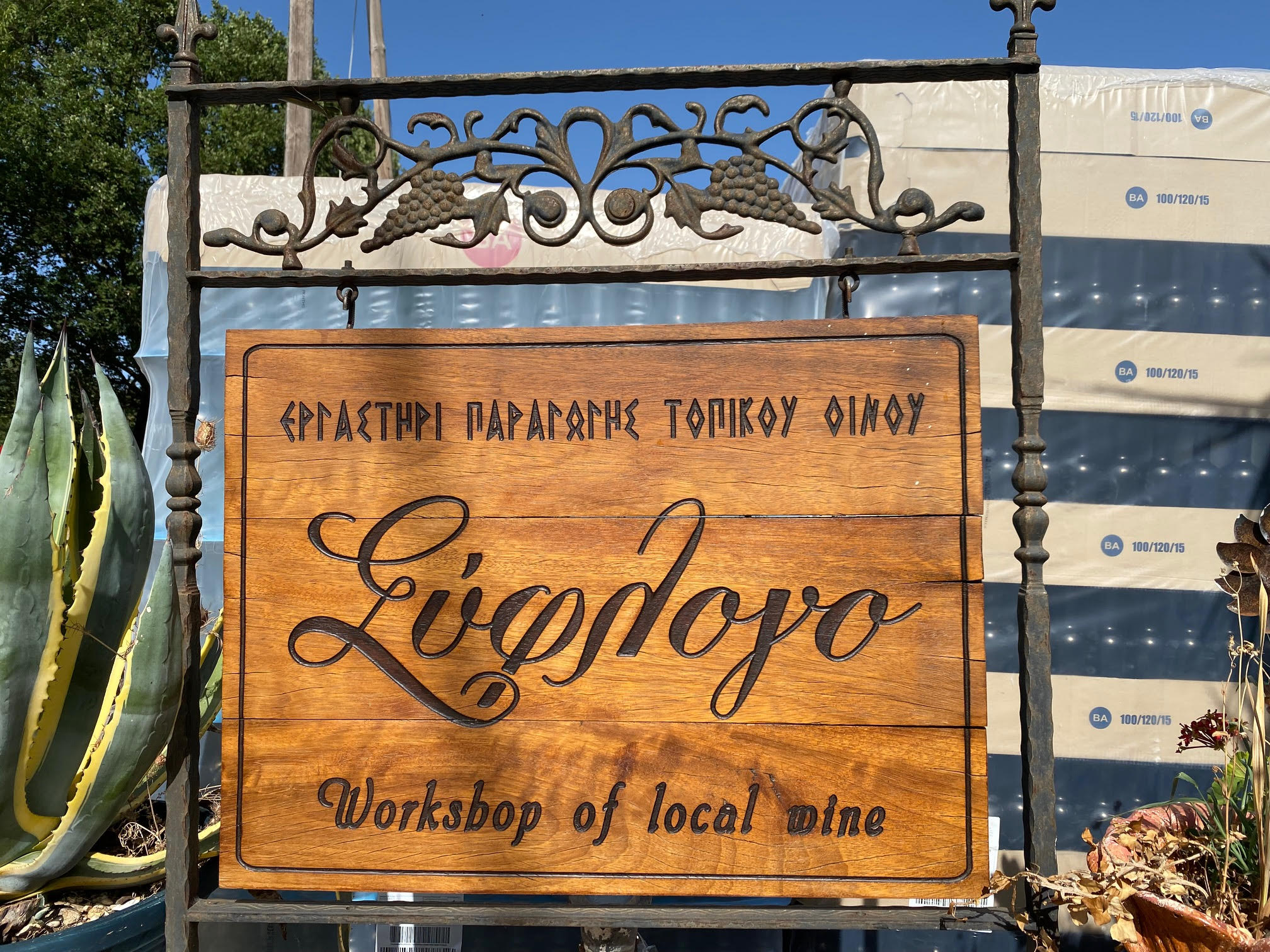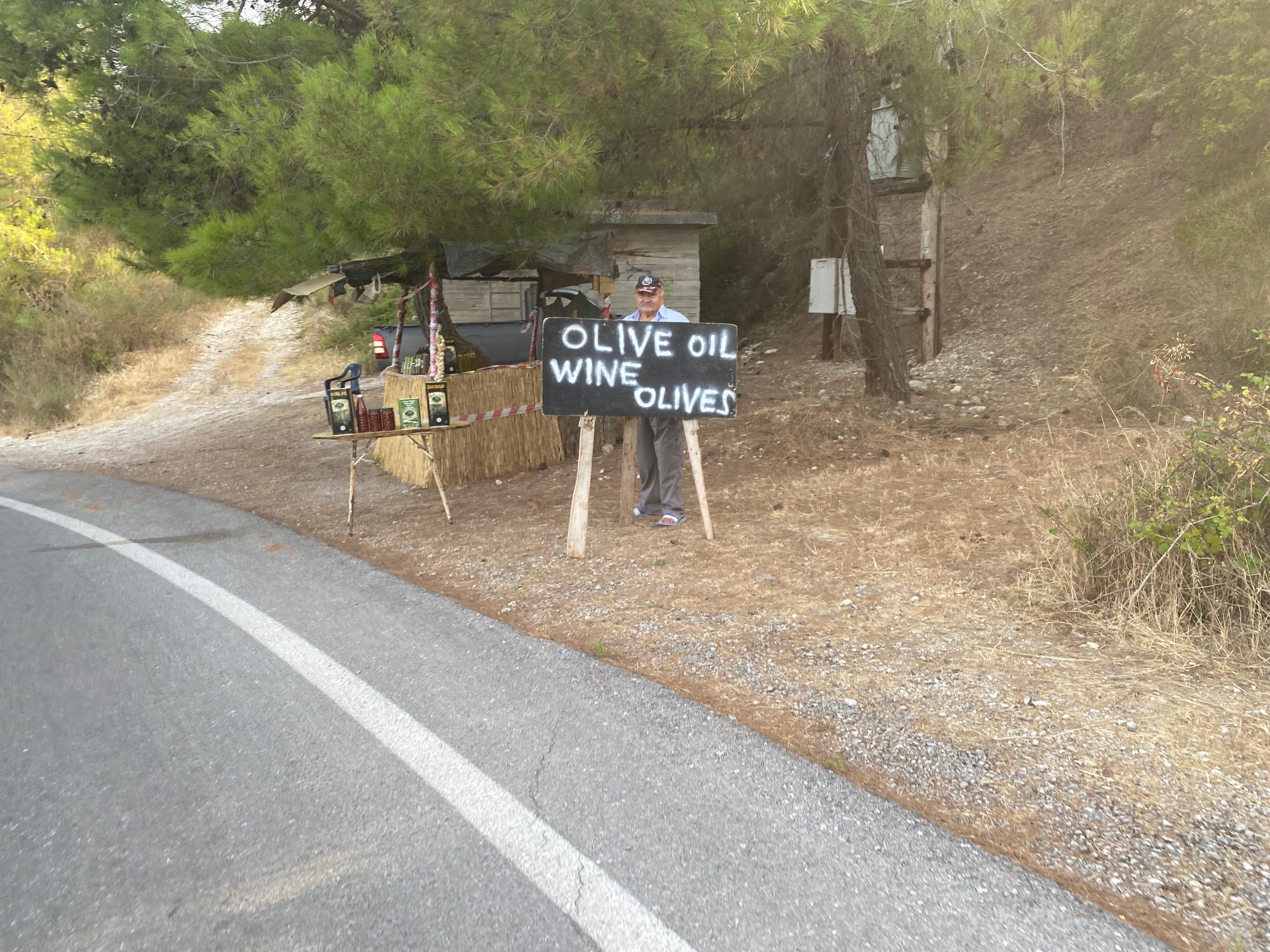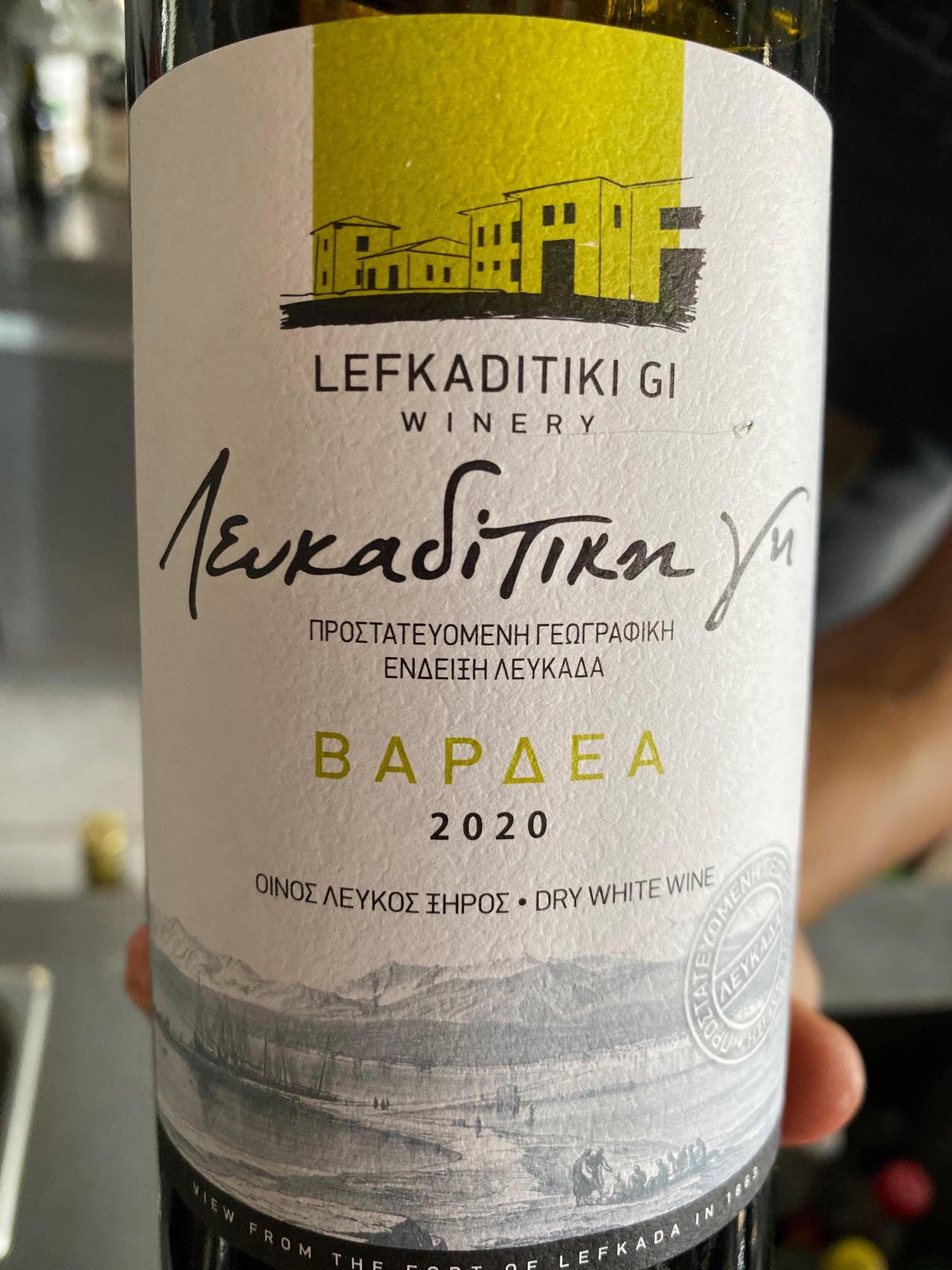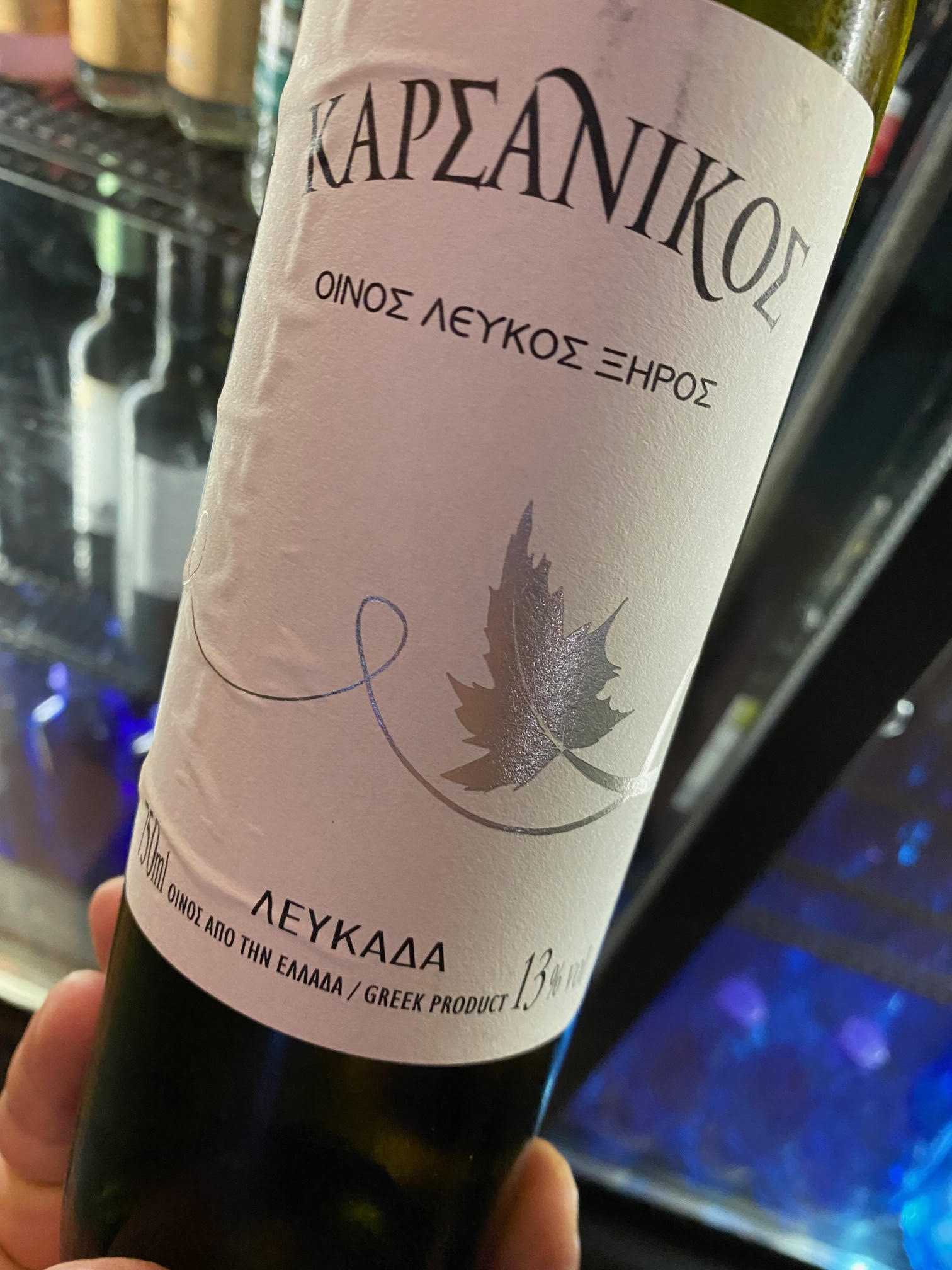The Wines of Lefkada island
By Wojciech Bonkowski
Lefkada doesn’t enjoy the popularity of its Ionian sisters, Corfu or Zante, nor the majestic mountain scenery and established winemaking fame of Cephalonia. Yet it’s becoming increasingly popular with tourists for its relaxed pace, gorgeous limestone beaches on the west coast, and the cosmopolitan port of Nidrí in the east, with its stunning location and handy connections to other islands.
Unbeknownst to most experts, Lefkada also has a thriving wine industry, which still flies very much under the radar. Unlike many other islands, the products of its six active wineries are widely available in local tavernas and supermarkets. Lefkada is not a small place, and its inland hills and valleys offer plenty of potential for viticulture, furthered by an interesting collection of local grape varieties, led by the red Vertzamí. Usually made in a now fashionable lighter style of red that goes great also with fish or seafood in the summer, I see Vertzamí firmly in the top league of Greek red cultivars, capable of real character. The wines of Lekfada are definitely worth discovering.
Sýflogo winery
This interesting local winery was established in 1994 as a leisure activity. It currently farms 1.9 hectares on the dramatic plateau at 500 m above sea level near Nidrí. The wines are made by young Vassilis Papanikolopoulos (main photo), who trained as a chemical engineer but exuded a great passion for the vine. Apart from the classic varieties of Lefkada, white Vardea and red Vertzamí, the estate is also unique in growing the pink-skinned Mavropátrino and white Chlori. The wines are released in two certified organic ranges: one lightly sulphured and one unfiltered and with no added SO2.
Vardea 2020
13%. Although lightly sulphured, the nose has a straightforward grapey expression of “natural wines.” Succulent fruit. I like the balance here, expressing the slightly rustic style of thick-skinned Vardea very well. 89
Amber Vardea 2019
13%. The no-SO2 version sees five days of skin contact and is a peppery, dry, very crisp semi-orange wine. It’s clean and avoids oxidation or VA, although positively nutty on the finish. 87
Amber Chlóri 2020
Only 500 bottles are made of this rare grape, but Vassilis has planted another 0.15 hectares to increase production. A lighter nose than Vardea, with softer acid, less oxidation, subtly orchard fruit, more texture, and deeper flavour. Absolute precision and culture here. 89
Mavropátrino Rosé Semi-Dry 2019
13% with fermentation stopping naturally at 10g sugar this vintage. Unoaked, this is inviting its soft fleshy strawberry aroma. Despite the moderate acidity, sugar is nicely balanced. Another very clean, flavourful wine. 89
Mavropátrino Rosé 2020
14.2%. This is the “natural” version with no SO2 added. It has a subtler aroma than the above, similarly nutty and mildly oxidative on the finish to the Amber Vardea. Still, it’s mostly the phenolic, alcoholic density that makes it distinctive. A food rosé. 87
Keropatis 2020
14%. An experimental “natural” Vertzamí with just two days of skin contact, unoaked. This is more a claret than a rosé. Strawberries, raspberries, vaguely floral. Just a hint of tannin and a touch of no-SO2 oxidation on end. There is potential here, but the flavour is a bit faint, lacking fleshiness in the middle of the tangy cherry frame. 88
Vertzamí 2017
This is the filtered version with minor SO2 added, four days of skin contact, and 18 months in new barrels. Great nose of crushed red fruits. A touch of vanilla from the oak. Woody tannins are too present on the palate, but it's a solid wine, essentially light-bodied and relatively smooth. Subsequent vintages should be better as the oak grows older. 90
Vertzamí Brousko 2018
This is Vassilis’s signature red wine with ten days of maceration, aged in old oak. It’s less strawberry-joyful than most Vertzamís, with somewhat peppery tannins that made me think of Xynómavro. A hint of oxidation from the minimal sulphur used. It needs time to harmonise. 88
Vertzamí Brousko 2019
Barrel sample. Still oaky at this stage, with crunchy tannins and plenty of zest. Give it two years, and it will be a genuinely engaging, authentic Lefkada red.
Lefkaditi Gi winery
These wines are available everywhere on the island, and the winery is well marked for visits some 20 minutes south of Nidrí.
White NV
Neutral white-winey nose with some sweet bruised apple. Clean and well vinified but hardly much personality. 86
30 Barrels 2020
13%. An enthusiastically oaked Vardea, sweet and soft but mercifully not too dusty or bitter. Not so much structure, and while clean, it’s a fairly banal wine. 86
Vardea Skin Contact 2020
12.5%. Twenty-four hours on the skins followed by six months in stainless still. This finally transcends Vardea’s neutral profile, a wine full of apples, pears, and quinces with enticing intensity, an immaculate profile, and some genuine interest. Widely available for ca. 12€. 89
Rosé 2020
Deep coral colour. Some alluring crushed strawberry fruit followed by crisp acid. Uncomplicated, but more interesting than the basic White here. 87
Vertzami 2019
13%. A very reliable food wine here, apparently unoaked, light-bodied but not evanescent, with inviting red berries. On the palate, juicy, crisp, with a kiss of raspy grape tannins. Best just slightly chilled. 88
Karsanikos winery
White NV
By Lefkada standards, a reasonably saline, mineral, edgy wine. Well-made, with abundant appley fruit. Delicious restaurant wine (I checked). 89
Vertzamí 2017
Showing its 12 months’ oak ageing, this is a reasonably sturdy take on the grape, with ripe cherries and apple fruit and a rustic structure. Good, but I missed the lightness of touch of other Vertzamís. 86
Soldatos & Argyros
Lefkas Hills Soldato Rosé 2020
This is the only wine I tasted from this winery (aka Soldatos & Argyros), showing promise. 12.8%. From ungrafted old Vertzamí grown at 650 meters, this is their most expensive bottling and one of the priciest on the island (12€). Pale Provençal colour but a more restrained profile of salty minerality and muted fruit. On the palate, attractive and sophisticated, more structured than your average summer pink. SO2 is high, but the fruit is pure and quite precise. Very good and worth the price. 88
